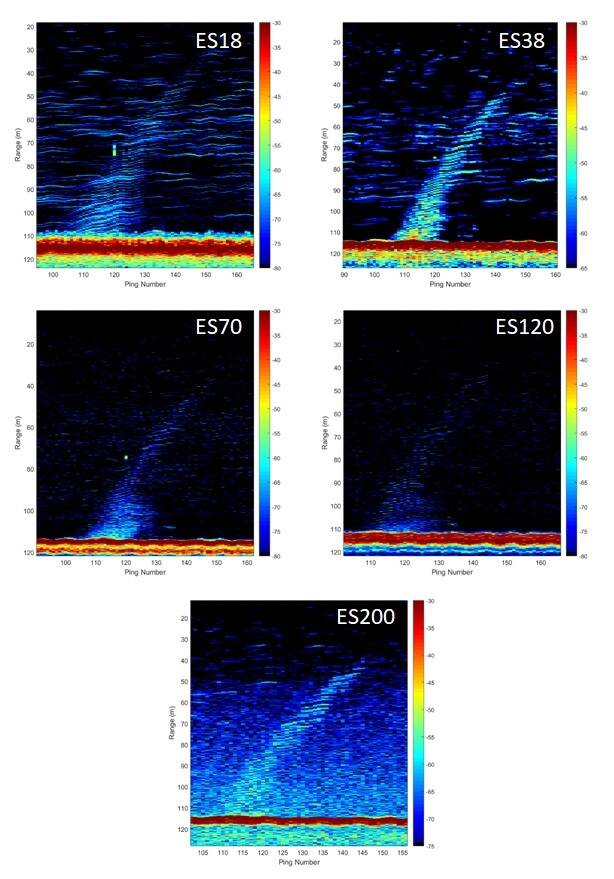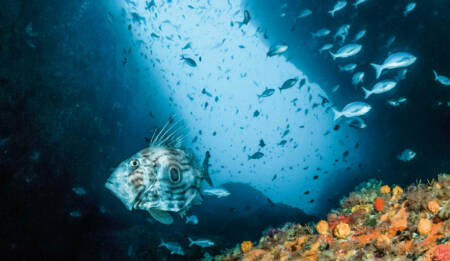Broadband acoustic characterisation of free gases in the ocean water
This project will develop a cost-effective method of using broadband acoustic technologies to detect gas bubbles seeping at the seafloor into the ocean. It will also characterise the nature of the gases and quantify their fluxes. Wide-ranging applications include seafloor resource assessments, pollution control and environmental management.

Background
Broadband acoustic technologies use sound waves across a range of frequencies to identify objects. When sound waves hit an object, e.g. a fish, the sound wave is scattered in a particular way. Scientists can analyse the scattered sound wave to identify the object they’re looking at. This is a hugely useful tool when researching structures, and creatures, below the ocean surface.
The team consists of experts in marine acoustics, marine geology, geophysics, and spatial analysis.
Project details
Data collected during a recent survey provided evidence that the physical and chemical complexities of seafloor bubbles can be unravelled using broadband acoustic methods, and that C02 and CH4 released at the seafloor can be differentiated by their acoustic properties.
Researchers are designing a prototype of low frequency broadband systems and developing numerical models of the behaviour of bubbles in the water, enabling gas flows to be estimated.
What they hope to achieve
These tools can be used in models to understand the impacts of seafloor gas discharge on the oceans and atmosphere, including estimates of the ocean’s contribution to greenhouse gas emissions.

Resource




